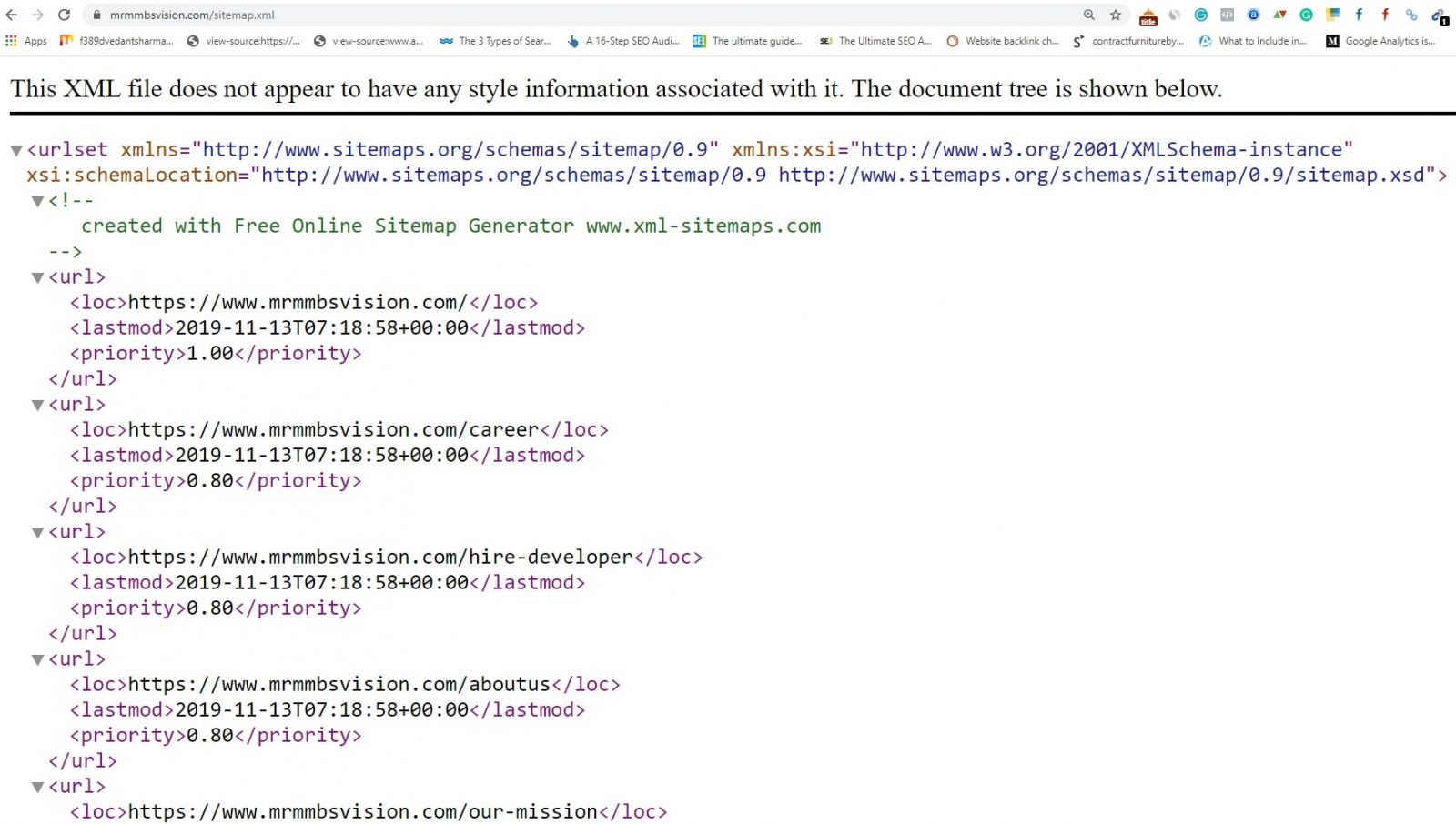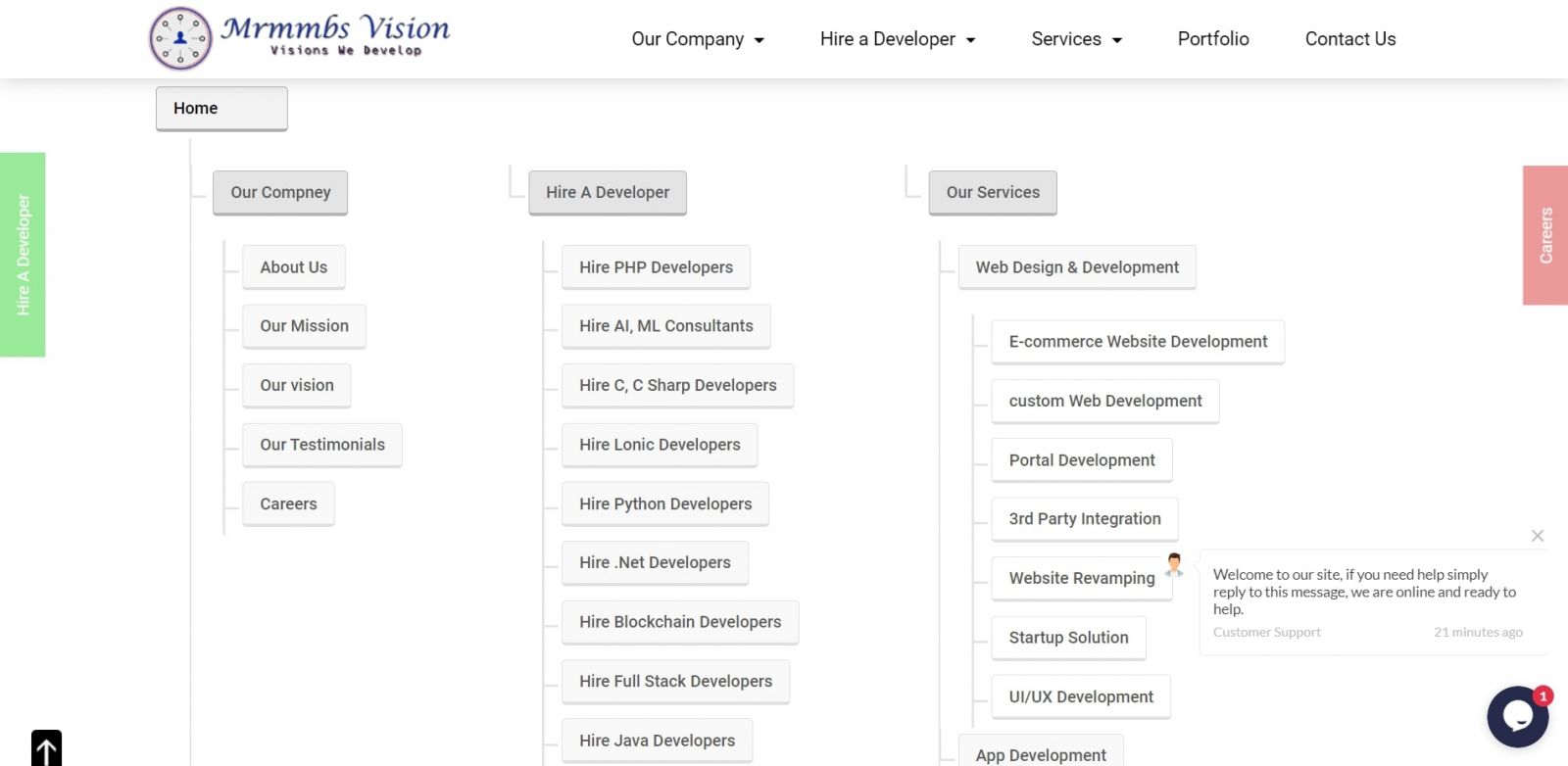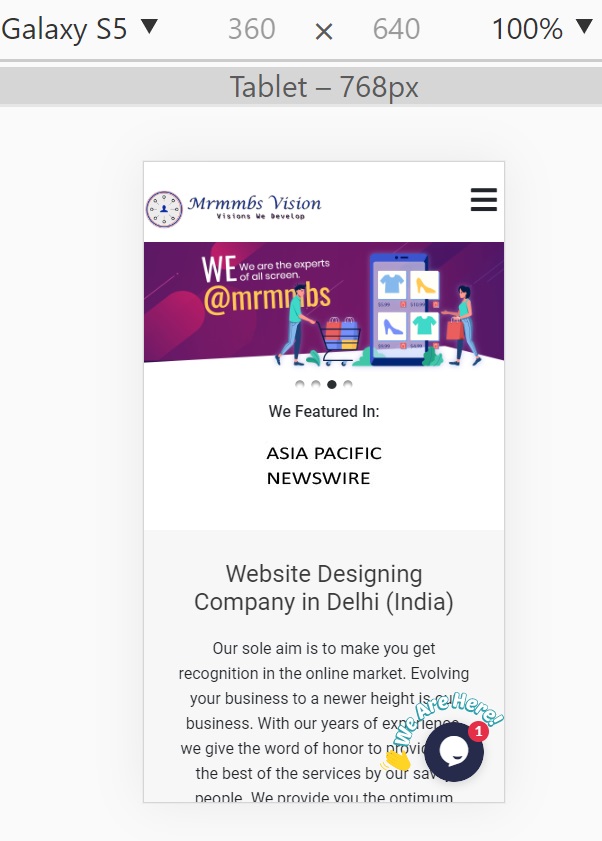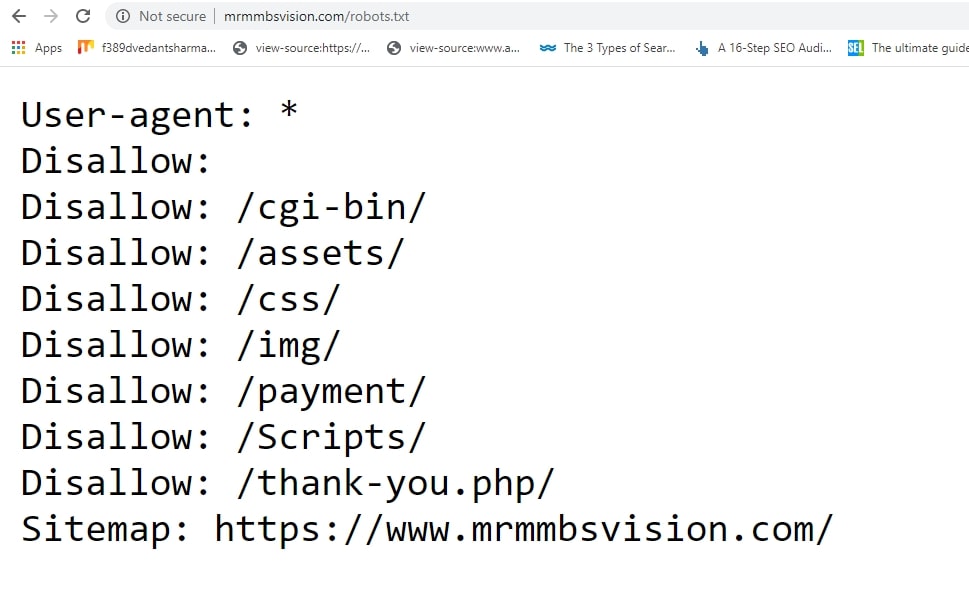
Making Your Website SEO Friendly
Today every business wants to enhance its online presence. They want their website to get the highest rank on search engines so that they can increase their sales online. But the competition is very high & so many businesses are lacking somewhere due to which, their website is not to search engine optimization friendly & they are not able to get a high rank on search engines.
Making your website Search Engine Optimization friendly will help you to get a high rank on search engines on popular keywords.
1) Create user-friendly URLs
User-friendly URLs will help users to know exactly what they will find on your web page. Whether your web page is relevant to them or not? If your web page is relevant to them, they will more likely click on your web page because the user query or its synonym is in your URL structure.
URL structure also helps web crawlers as Google always wants to provide relevant data to their users so it will help crawlers to know which query Google should show your web page to users.
Like in the below example these two URL structures denote that the above one is about “SEO Services” & the other one is about “BlockChain”, it will help web crawlers as well as users to know that your webpage is about SEO Services & BlockChain.
.jpg)

2) Don’t use duplicate content on your website
Duplicate content is the top-ranking factor in SEO. Always use unique & in-depth content that is useful & relevant to users. If you are delivering unique, best & high-quality content to users they will visit your website again & again which will increase the click-through rate of your website. Hence your ranking will go high. So always deliver the best content to users.
3) Create HTML & XML sitemaps for your website
Sitemaps will help web crawlers & users to know the structure of your website & it will help them to navigate your website easily. If your website has a complicated structure or if you have an e-commerce or dynamic website then web crawlers won’t be able to know the structure of your website.
This is an example of an XML sitemap. It will help web crawlers to know which web page is relevant to the particular search query of a user.

Sitemaps will also help users to know how the pages are linked to each other & how to navigate the website.
Example: Below is the image of an HTML sitemap that helps users to navigate the website easily.

4) Make your website compatible with all the devices
It will give a good experience to the users if your website is optimized for all devices. They can access it from any device & it will also increase the number of your audience as most of the users use mobile phones to search for anything on Google. So it will help you to drive more traffic to your website & hence the probability of conversion rate will also increase.
Below is an example of a mobile-friendly website, it will help users to access your website from any device.

5) Create Robot.txt
Robot.txt is used to tell web crawlers which of the web pages of your website are allowed & which are not allowed to be crawled by web crawlers. Like in the below image payment, scripts, img, etc pages are disallowed to crawl because there is no meaning to rank them on search engines & they will not be relevant to any user search query.

6) Don’t do keyword stuffing
Keyword stuffing is a black hat technique in which you stuff a keyword multiple times in your content to get a high rank on google. But doing this can penalize your website & you will lose your website ranking. Google’s Panda algorithm is very powerful & you lose all your traffic.

Source - Google
Keyword density should be 3-4% in your content if you increase it further, Google will penalize your website.
Conclusion:
1) Always create user-friendly URLs so that web crawlers & users can identify whether your web page is relevant to the search query or not.
2) Using duplicate content impact your rankings & Google can penalize your website as well. So don’t use duplicate content.
3) Sitemaps help users & crawlers to know the structure of your website & help them to navigate through your website. So always create XML & HTML sitemaps for your website.
4) Your website should be compatible with all devices to increase the number of users on your website & hence your website traffic will increase gradually. Make your website compatible with all devices.
5) Robots.txt indicates web crawlers which of the web pages are allowed to be crawled & which are not allowed. To disallow the web pages in the robots.txt file that you don’t want to rank on search engines.
6) Keyword stuffing can penalize your website because it's a black hat technique that is not allowed by Google. Google’s Panda algorithm continuously monitors the content of the websites. Always keep keyword density 3-4% in the content of your website.
Posted By: Mrmmbs Vision